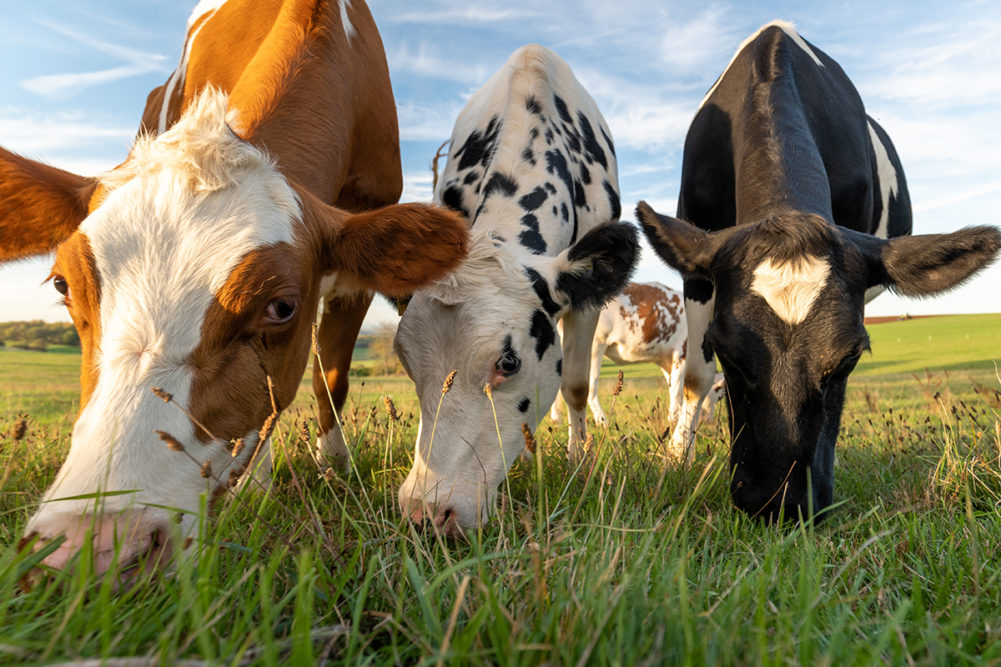ATLANTA — The Centers for Disease Control and Prevention (CDC) on May 22 reported a human case of highly pathogenic avian influenza (HPAI) in Michigan. The affected individual is a worker on a dairy farm where the H5N1 virus has been identified in cows.
The Atlanta-based CDC said a nasal swab from the person tested negative for influenza in Michigan, but an eye swab from the patient that was shipped to CDC tested positive for influenza A(H5) virus, indicating an eye infection. CDC is one of a few labs where those specimens can be used with the CDC A(H5) test.
“CDC has been watching influenza surveillance systems closely, particularly in affected states, and there has been no sign of unusual influenza activity in people, including in syndromic surveillance,” the agency said.
Attempts to sequence the virus in the clinical specimen are underway and will be made available within one to two days if successful. CDC said additional genetic analysis will look for any changes to the virus that could alter the agency’s risk assessment.
Officials said the Michigan case is similar to a Texas case, where the patient only reported eye symptoms. Texas reported the first recent human case of HPAI on April 1. The affected dairy worker experienced eye inflammation as their only symptom. CDC said conjunctivitis (eye infection) has been associated with previous human infections with avian influenza A viruses and is part of the current CDC case definition for A(H5N1) surveillance.
“While it’s not known exactly how eye infections result from avian influenza exposures, it may be from contamination of the eye(s), potentially with a splash of contaminated fluid, or touching the eye(s) with something contaminated with A(H5N1) virus, such as a hand,” CDC said. “High levels of A(H5N1) virus have been found in unpasteurized milk from H5N1-infected cows.”
As of May 22, nine states have confirmed cases of HPAI in domestic livestock, according to the US Department of Agriculture.

